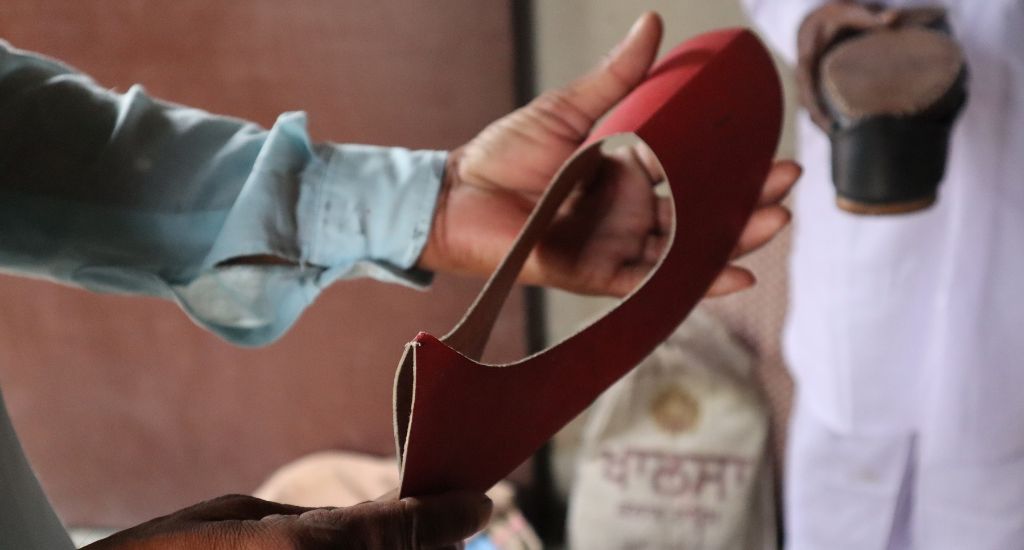
Glittering Punjabi juttis hide grim story of shoemakers
Colourful and vibrant Punjabi footwear is known worldwide, but its makers are struggling to make a decent living.

Colourful and vibrant Punjabi footwear is known worldwide, but its makers are struggling to make a decent living.
There is no room for error when Jaswant Ram sits down to work outside his home. His hands move swiftly in silence, stitching pieces of leather together over 200 times using a coarse cotton thread.
The end result is a piece of Punjabi jutti – the much-celebrated colourful and vibrant footwear known worldwide for its richly embroidered exterior.
But nothing comes easy, and the exquisite pieces of jutti that Ram handcrafts require a lot of hard labour.
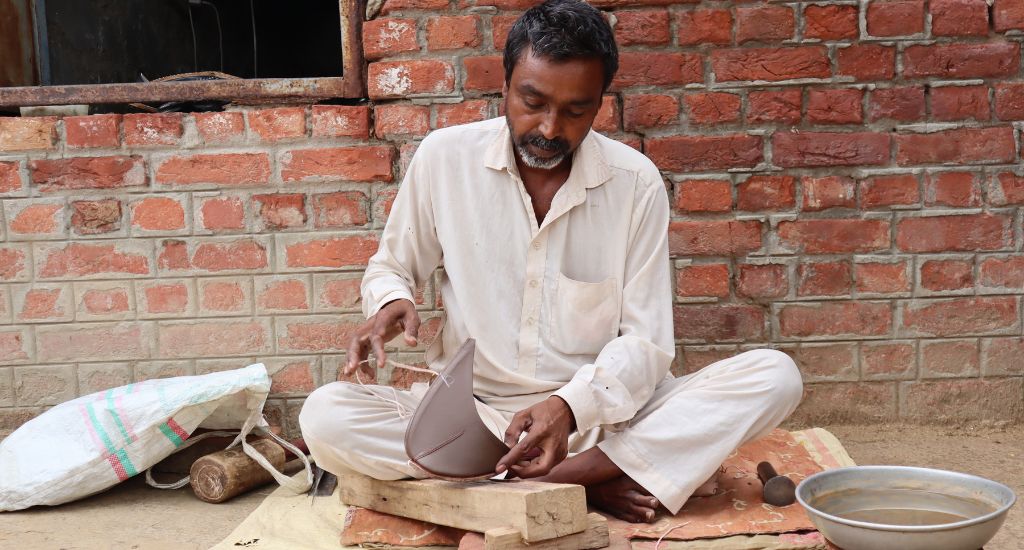
Each jutti takes a lot of time to stitch. Besides time, it requires strength too. The tighter Ram stitches, the longer the shoe lives.
The task is energy-sapping, and Ram makes about four pairs of juttis in a day, earning Rs 80 for each.
He has been making Punjabi juttis for almost 20 years now. Earlier, his employer used to pay him Rs 13 for a pair though it fetched a market price of Rs 80 then.
Even now, he is short-changed for his shoes. Though he makes less than a hundred for every pair, they are priced at shops at Rs 450.
Also Read | Punjab women weave ‘rug’ to riches story
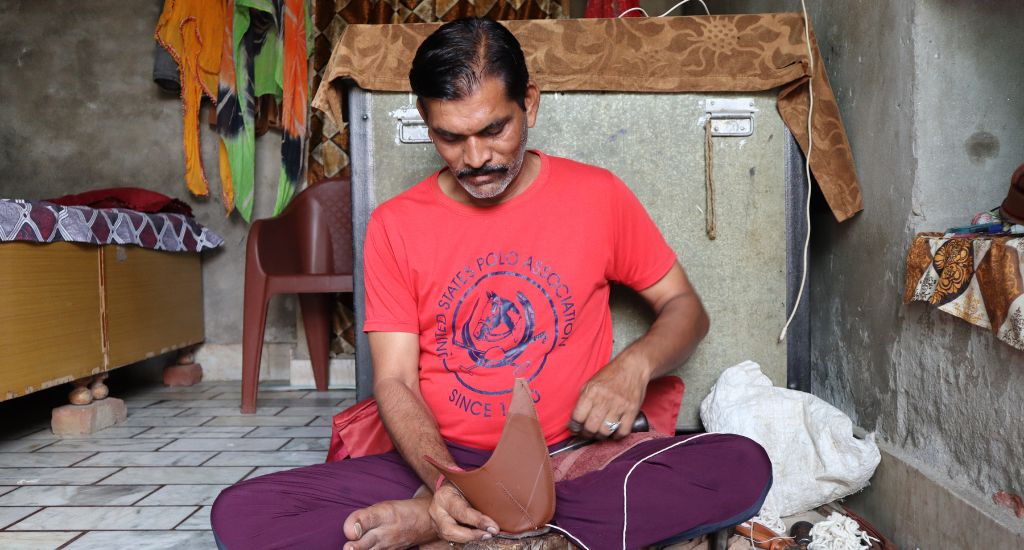
“The money isn’t enough in this work,” pointed out Kala Singh, another maker of the famed Punjabi juttis in Sri Muktsar Sahib district of Punjab. The district in Malwa region has always been the hub for this renowned craft, besides the cities of Patiala and Fazilka.
Sri Muktsar Sahib has had a long tryst with the juttis.
“Most of the craftsmen came to live here from border villages of Haryana and Rajasthan,” said Sant Ram, another jutti-maker. Making leather shoes was a traditional occupation.
The popularity of the Juttis has not diminished over time. However, the situation of the makers has deteriorated. Kala Singh for that matter has quit his family’s profession to work as a painter in the nearby town of Gidderbaha since the juttis no longer guarantee enough earnings.
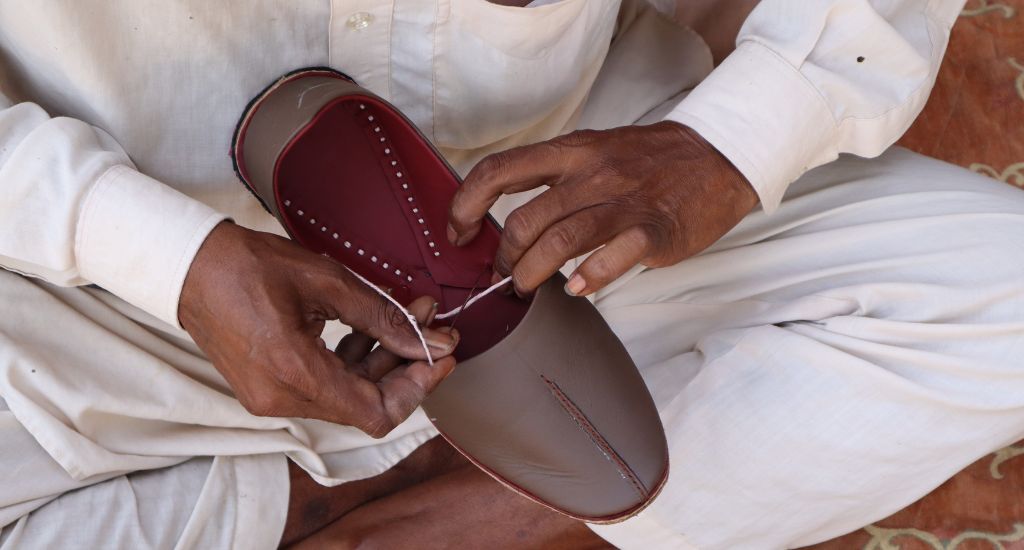
He is not alone in seeking greener pastures. Many others from the Khunan Khurd village of Sri Muktsar Sahib have left jutti-making.
The future of the famous Punjabi juttis now squarely rests with only a few artisans such as Jaswant Ram and Sant Ram.
Those who have stayed back are mostly those who have no other skills other than making juttis. “I do not know any other work than this,” admitted Sant Ram.
The artisans engaged in making juttis have had to toil hard to learn the skills. It is a six-month-long learning process. A year if one wants to learn everything – from tanning the leather to shaping it into a shoe for sale.
Also Read | Punjab’s tumbi set to stage comeback and tug hearts
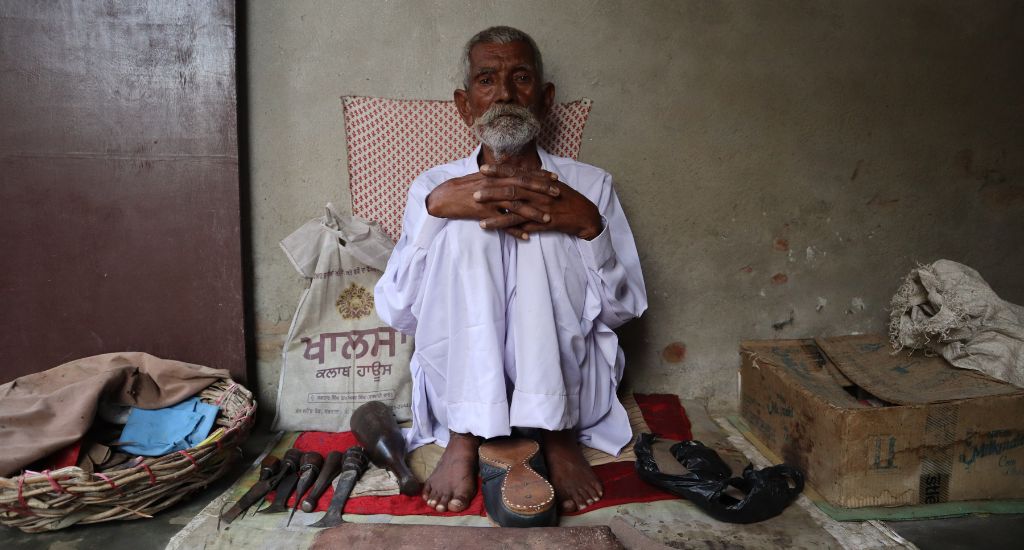
But new technologies have brought about many changes in the manner the juttis are now made. It has spelt doom for some like the women of the villages who earlier were employed in doing embroidery on the surface of the shoes.
“Machines have now replaced the work of women,” said Sant Ram.
Even the role of the traditional artisans has been cut down. “Craftsmen in towns get pieces of leather from their employers and cut them into different shapes. All that we do is to shape it together into a jutti and hand it over for sale,” he added.
So, the juttis are no more exquisitely handcrafted as they used to be earlier.
Only Munshi Ram, in his 70s, customise the juttis as per the preference of the customer with a guaranteed shelf life of two years.
Sant Ram, for one, has chosen not to pass the skill to his son. It is because working on the celebrated footwear is no more enough to feed the family. Though the embroidered shoes still shine, making them is not a glittering profession.
Also Read | ‘We brought Shakespeare to Punjab stage’
The lead image at the top shows a Punjabi jutti in the making (Photo by Sanskriti Talwar)
Sanskriti Talwar is an independent journalist who writes about gender, human rights and sustainability. She is Rural Media Fellow 2022 at Youth Hub, Village Square.